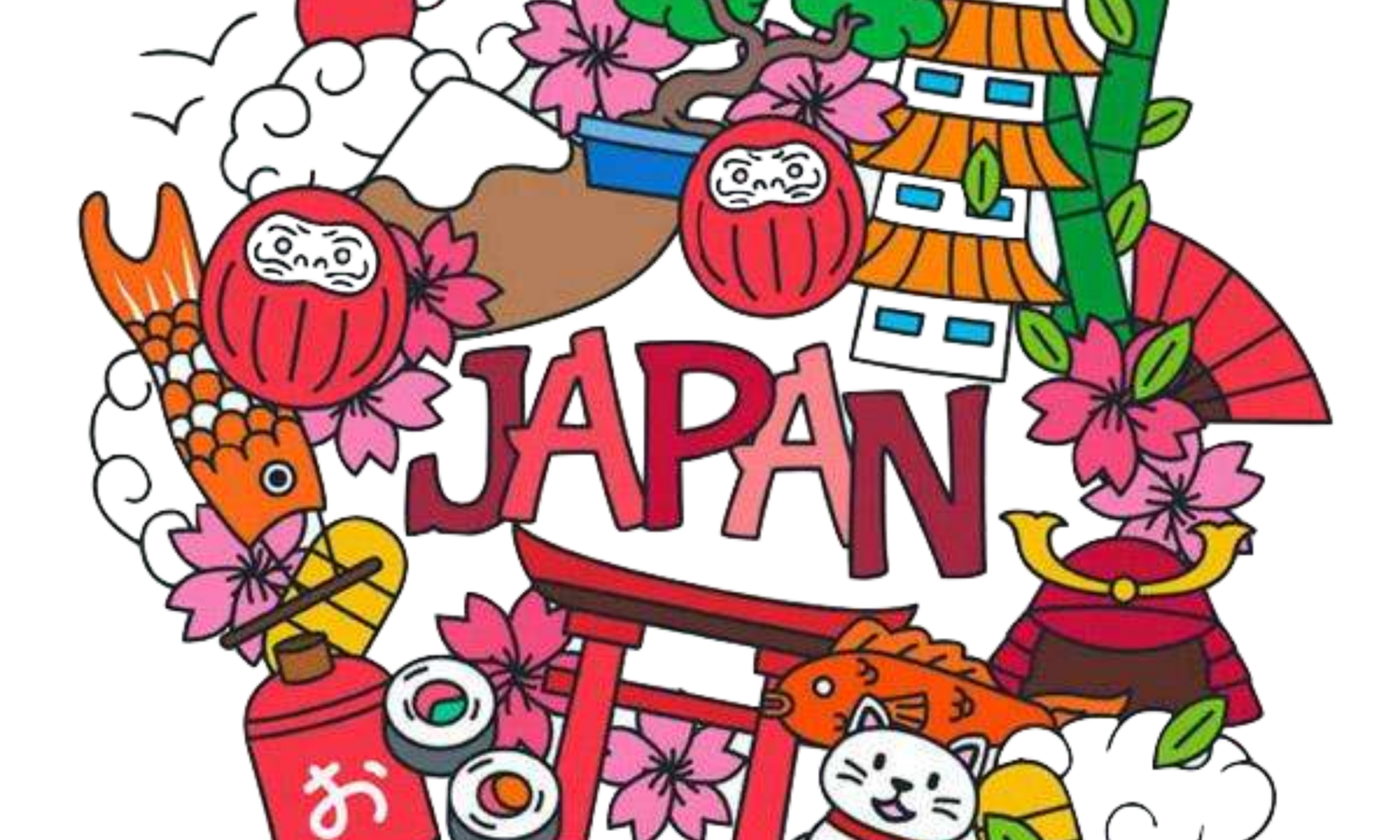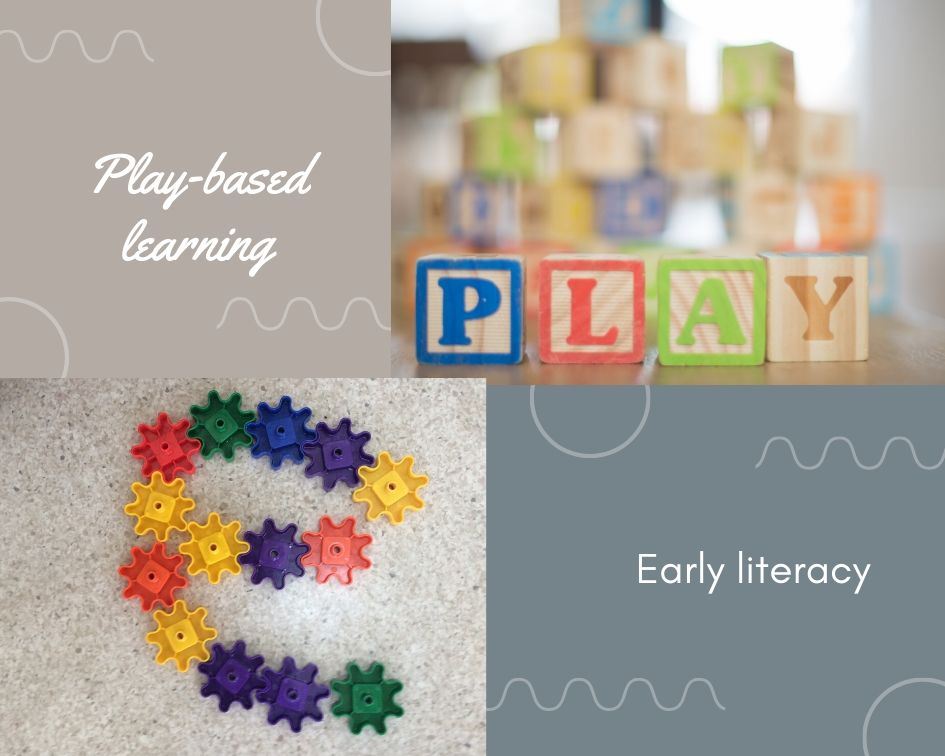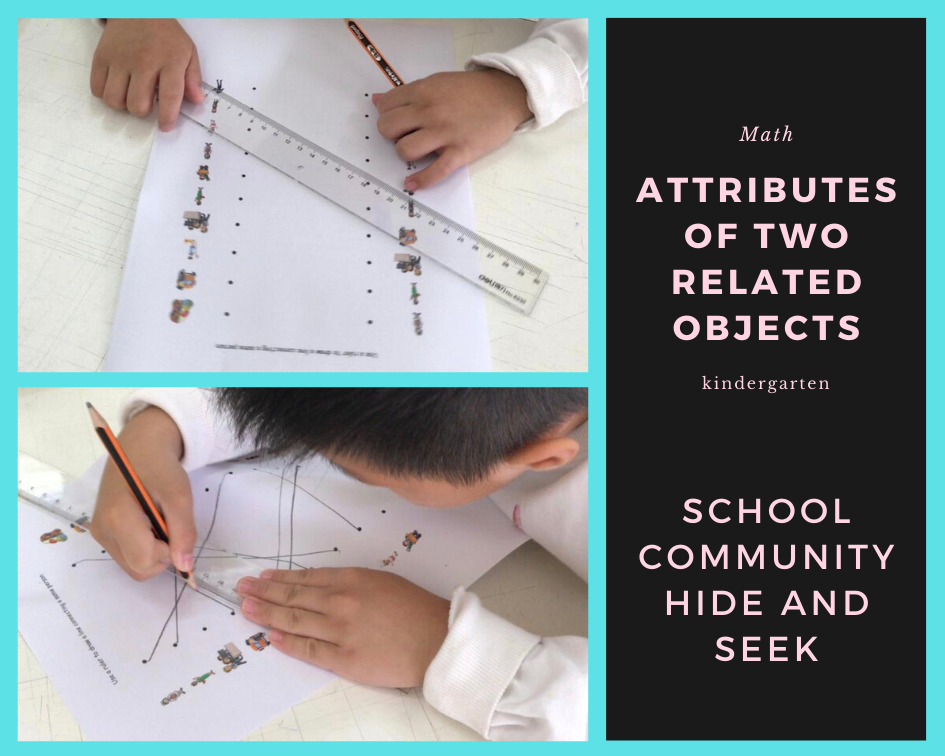Making letters
Play is a natural instinct of the children. It has been effectively used for teaching. Friedrich Wilhelm August Froebel was the father of the Kindergarten system, “Children’s Garden” a system which encourages fun and play based learning.
Learning the alphabet doesn’t have to be boring and stressful! Kids love LEGO, construction Blocks and so on. There’s no reason not to take advantage of that. Here’s a fun and very simple way for students to practice building letters, tracing letters, and even writing letters. I know this LEGO and Unifix alphabet activity will be great for kindergarten age!
Make learning fun and exciting! Adding an element of play makes learning feel like play time and that is perfect for young learners! Early childhood should be filled with play and fun times. Add their favorite toys!



 Product Description
Product Description